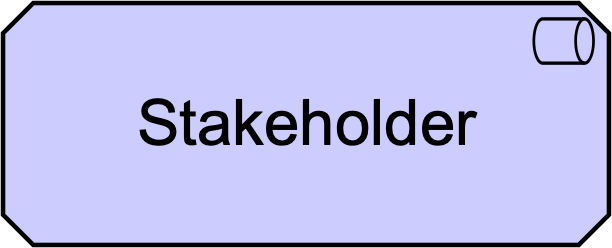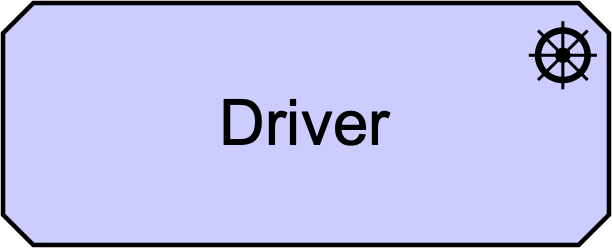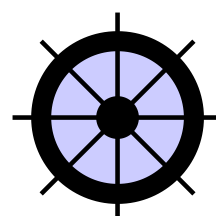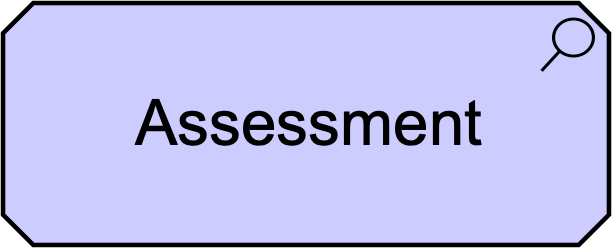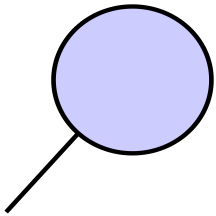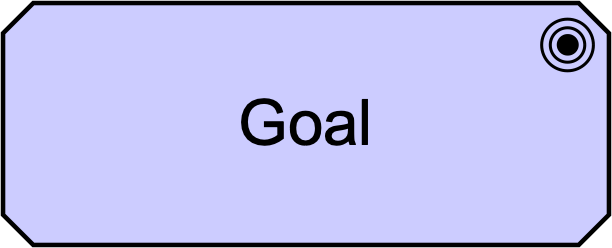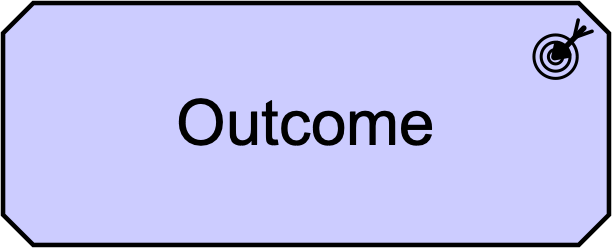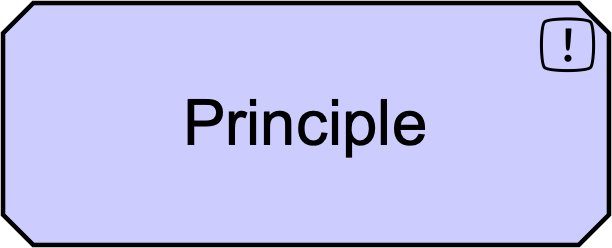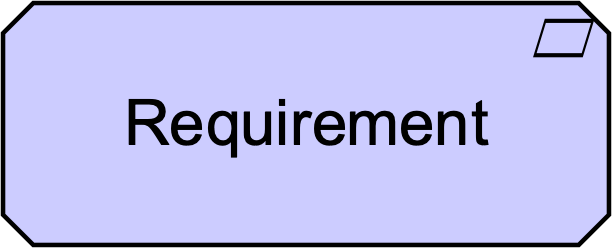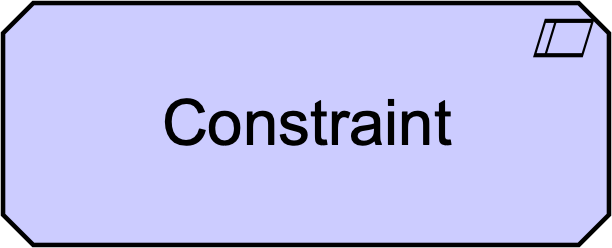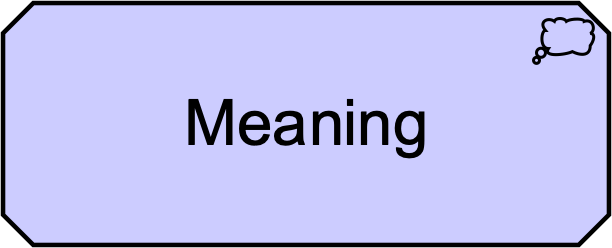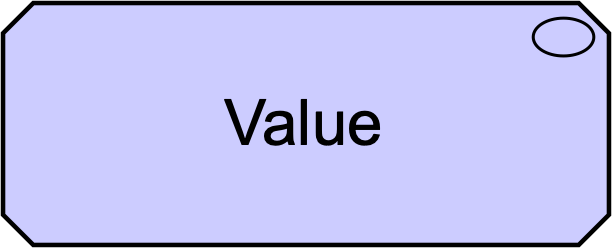Introduction to ArchiMate Motivation Layer
The ArchiMate Motivation Layer is a crucial component of the ArchiMate modeling language, which is used for enterprise architecture. This layer focuses on the motivations, goals, and requirements that drive the design and implementation of an enterprise’s architecture. It helps in aligning the business strategy with the architectural elements, ensuring that all components work together to achieve the organization’s objectives.
Summary of Motivation Elements
| Element | Definition | Notation | ||
|---|---|---|---|---|
|
Stakeholder |
Represents the role of an individual, team, or organization (or classes thereof) that represents their interests in the effects of the architecture. |
|
||
|
Driver |
Represents an external or internal condition that motivates an organization to define its goals and implement the changes necessary to achieve them. |
|
||
|
Assessment |
Represents the result of an analysis of the state of affairs of the enterprise with respect to some driver. |
|
||
|
Goal |
Represents a high-level statement of intent, direction, or desired end state for an organization and its stakeholders. |
|
||
|
Outcome |
Represents an end result, effect, or consequence of a certain state of affairs. |
|
||
|
Principle |
Represents a statement of intent defining a general property that applies to any system in a certain context in the architecture. |
|
||
|
Requirement |
Represents a statement of need defining a property that applies to a specific system as described by the architecture. |
|
||
|
Constraint |
Represents a limitation on aspects of the architecture, its implementation process, or its realization. |
|
||
|
Meaning |
Represents the knowledge or expertise present in, or the interpretation given to, a concept in a particular context. |
|
||
|
Value |
Represents the relative worth, utility, or importance of a concept. |
|
Key Concepts of the Motivation Layer
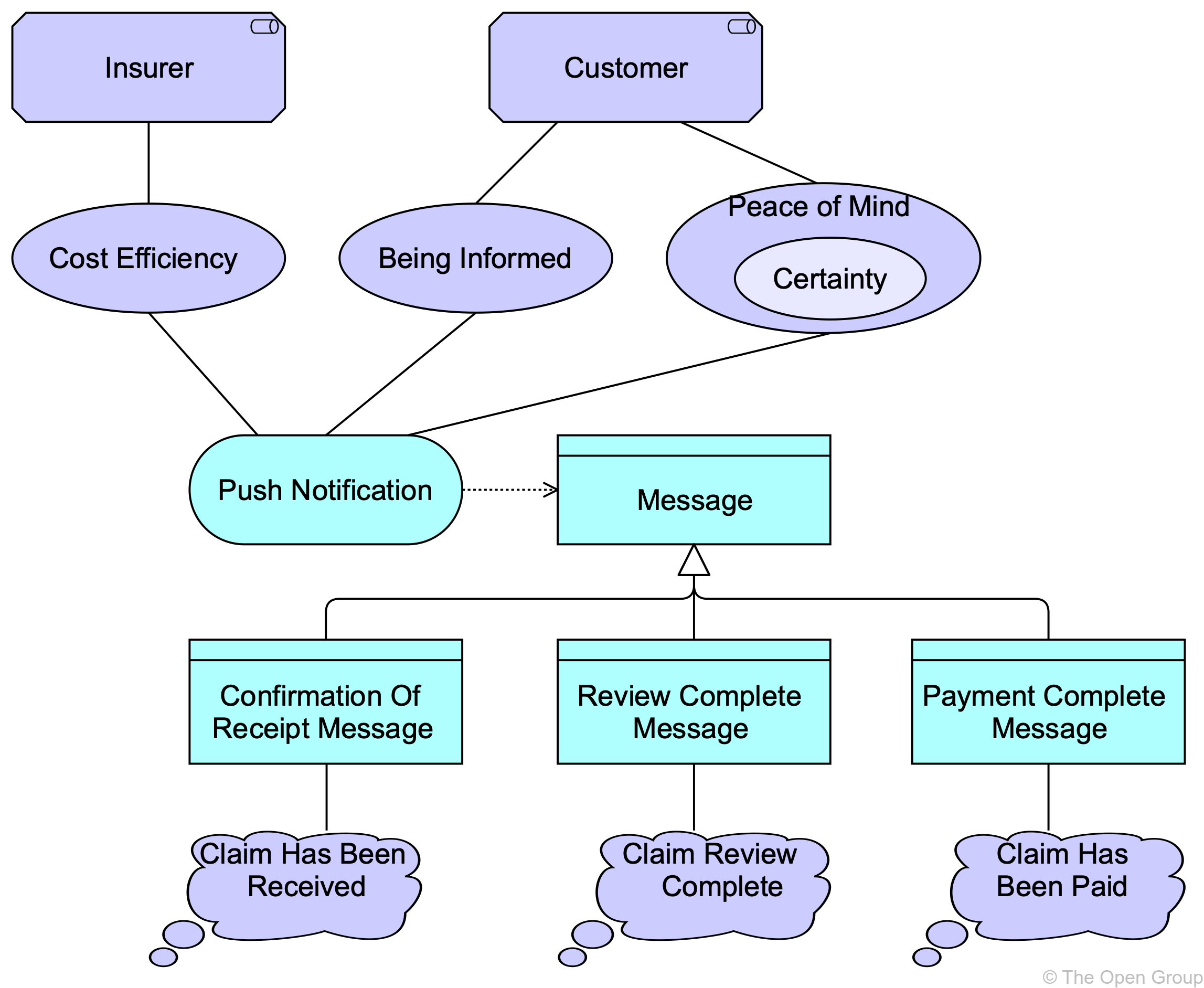
1. Stakeholder
A stakeholder is an individual, group, or organization that has an interest in the enterprise or its architecture. In the diagram, the stakeholders are “Insurer” and “Customer.”
2. Value
Values represent the benefits or advantages that stakeholders seek to achieve. In the diagram, the values are “Cost Efficiency” for the insurer and “Being Informed” and “Peace of Mind” (which includes “Certainty”) for the customer.
3. Meaning
Meanings are the interpretations or significance assigned to specific elements within the architecture. In the diagram, meanings are assigned to different types of notification messages:
- “Confirmation Of Receipt Message” means “Claim Has Been Received.”
- “Review Complete Message” means “Claim Review Complete.”
- “Payment Complete Message” means “Claim Has Been Paid.”
4. Outcome
Outcomes are the results of achieving a goal or executing a process. In the diagram, the outcome is the successful delivery of push notifications that inform customers about the status of their claims.
5. Driver
Drivers are the external or internal factors that motivate the need for change or action. In this context, the drivers are the values and meanings that push notifications aim to deliver.
Interpreting the ArchiMate Diagram
Stakeholders and Values
- Insurer: The insurer values “Cost Efficiency.” Sending push notifications is a cost-effective way to communicate with customers.
- Customer: The customer values “Being Informed” and “Peace of Mind,” which is partly due to the “Certainty” provided by timely notifications.
Push Notifications and Meanings
- Push Notification: This is the method used to deliver messages to customers.
- Message: The specific content of the push notification, which can have different meanings:
- Confirmation Of Receipt Message: Informs the customer that their claim has been received.
- Review Complete Message: Informs the customer that the review of their claim is complete.
- Payment Complete Message: Informs the customer that their claim has been paid.
Relationships
- Association: The diagram shows associations between stakeholders, values, push notifications, messages, and meanings. These associations illustrate how push notifications deliver value to both the insurer and the customer.
- Realization: The push notifications realize the outcomes of keeping customers informed and providing peace of mind.
Tips and Tricks for Using the Motivation Layer
- Identify Stakeholders: Clearly define all stakeholders involved in the enterprise architecture. Understand their needs, values, and expectations.
- Define Values: Identify the values that stakeholders seek to achieve. These values should be measurable and aligned with the organization’s goals.
- Assign Meanings: Assign meanings to specific elements within the architecture. This helps in understanding the significance of each element and how it contributes to the overall goals.
- Use Associations: Use associations to show the relationships between stakeholders, values, drivers, and outcomes. This helps in visualizing how different elements interact and influence each other.
- Align with Business Strategy: Ensure that the motivations, goals, and requirements in the Motivation Layer are aligned with the organization’s business strategy. This alignment is crucial for the success of the enterprise architecture.
Purpose of the Motivation Layer
The Motivation Layer in ArchiMate serves several purposes:
- Strategic Alignment: It helps in aligning the enterprise architecture with the business strategy by clearly defining the motivations, goals, and requirements.
- Decision-Making Support: It provides a structured way to make informed decisions by understanding the values and meanings assigned to different elements.
- Stakeholder Communication: It facilitates communication with stakeholders by visualizing the relationships between their values, the architecture, and the outcomes.
- Change Management: It supports change management by providing a clear understanding of the drivers for change and the expected outcomes.
- Risk Management: It helps in identifying and managing risks by understanding the motivations and requirements that drive the architecture.
Relation to the Entire Enterprise Architecture Process
The Motivation Layer is an integral part of the enterprise architecture process. It provides the foundation for the other layers of ArchiMate, such as the Business Layer, Application Layer, and Technology Layer. The motivations, goals, and requirements defined in the Motivation Layer guide the design and implementation of the architecture in these layers.
Integration with Other Layers
- Business Layer: The motivations and requirements in the Motivation Layer influence the business processes, services, and functions in the Business Layer.
- Application Layer: The goals and outcomes in the Motivation Layer drive the development and deployment of applications in the Application Layer.
- Technology Layer: The requirements and values in the Motivation Layer impact the technology infrastructure and services in the Technology Layer.
Example of Integration
In the given diagram, the push notifications (Application Layer) are designed to deliver the values of “Cost Efficiency” for the insurer and “Being Informed” and “Peace of Mind” for the customer (Motivation Layer). The successful delivery of these notifications (Technology Layer) realizes the outcomes of keeping customers informed and providing peace of mind (Business Layer).
Conclusion
The ArchiMate Motivation Layer is a powerful tool for understanding and aligning the motivations, goals, and requirements of an enterprise architecture with the business strategy. By using this layer, organizations can ensure that their architecture is designed to deliver value to all stakeholders and achieve the desired outcomes. The diagram provided illustrates how push notifications can deliver value to both the insurer and the customer, demonstrating the practical application of the Motivation Layer in enterprise architecture.
